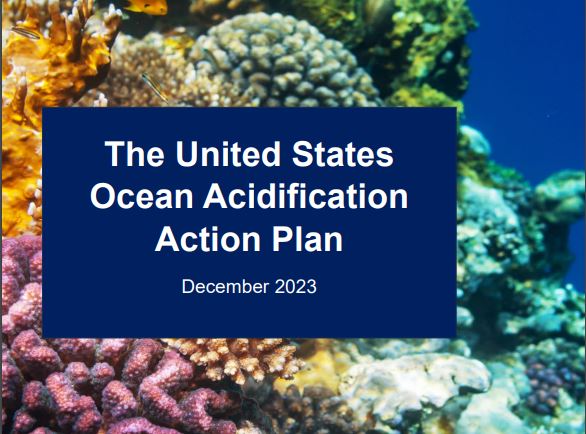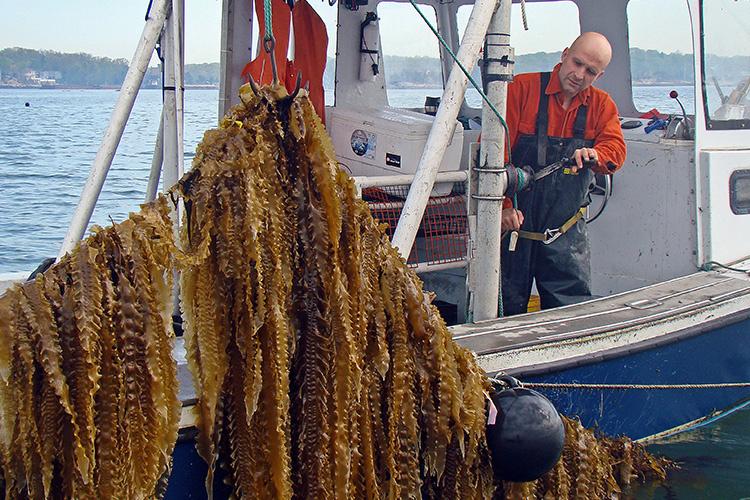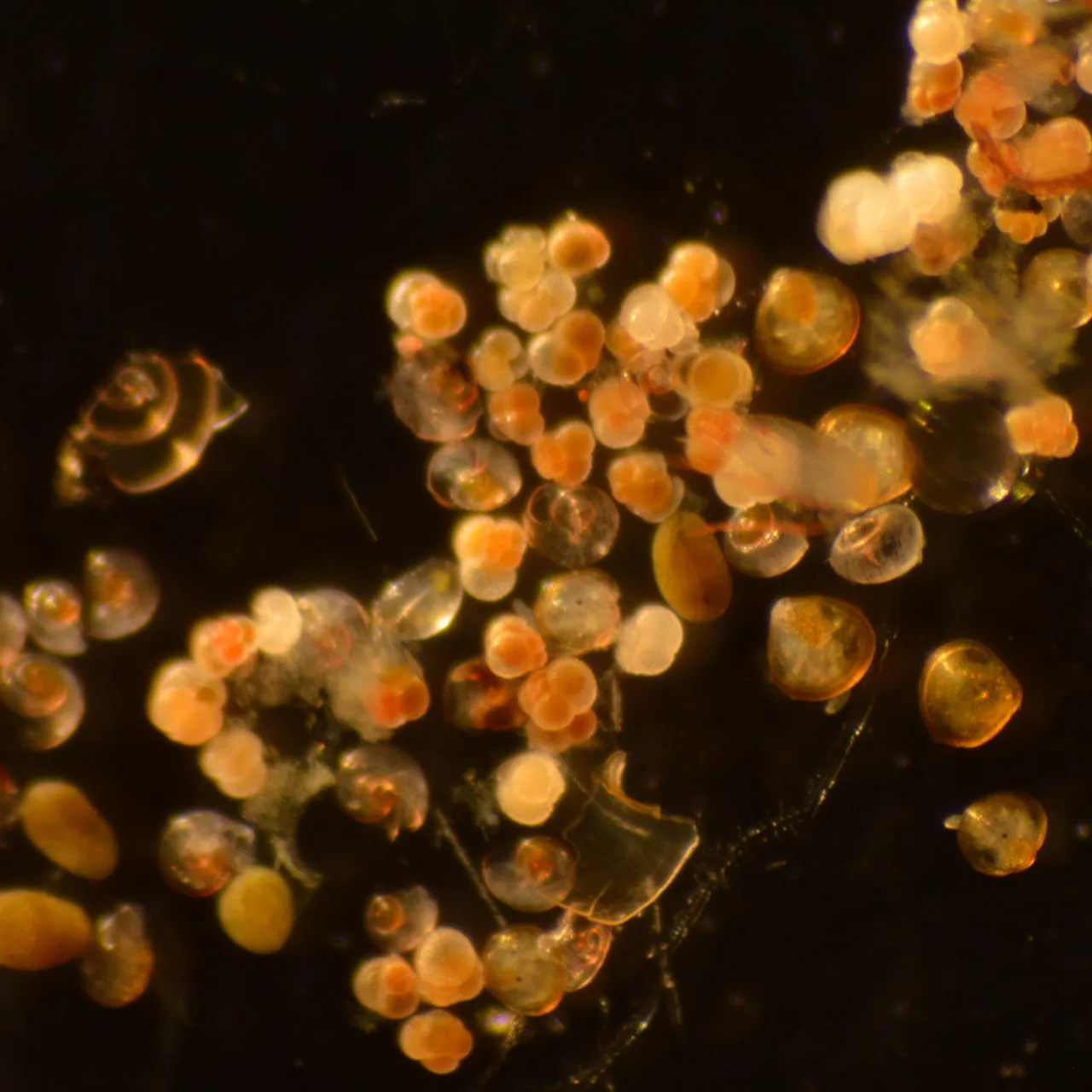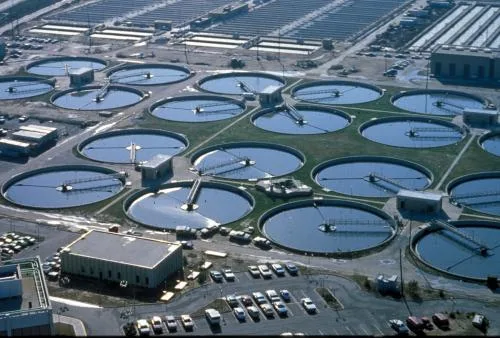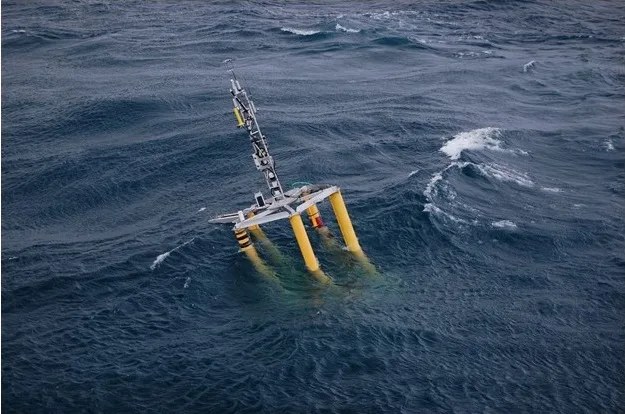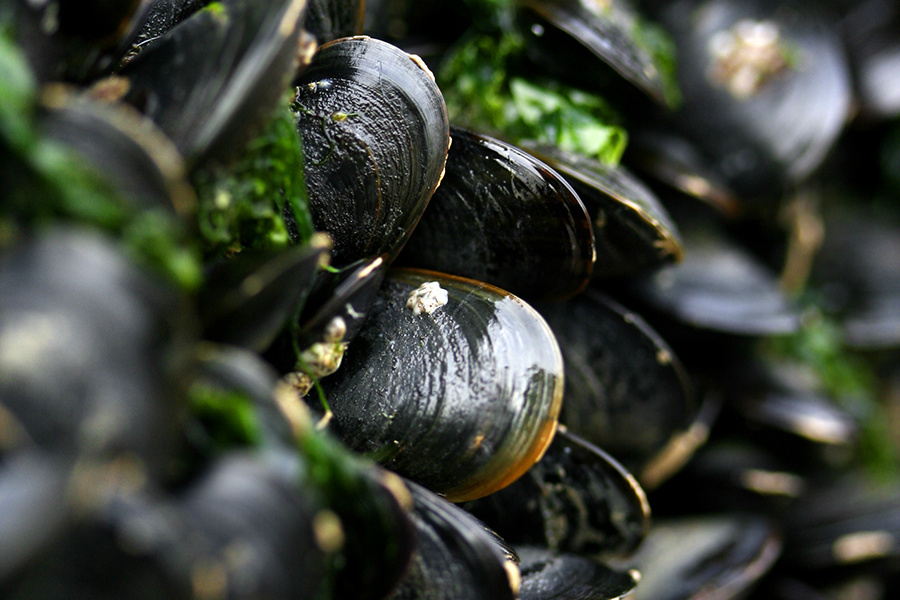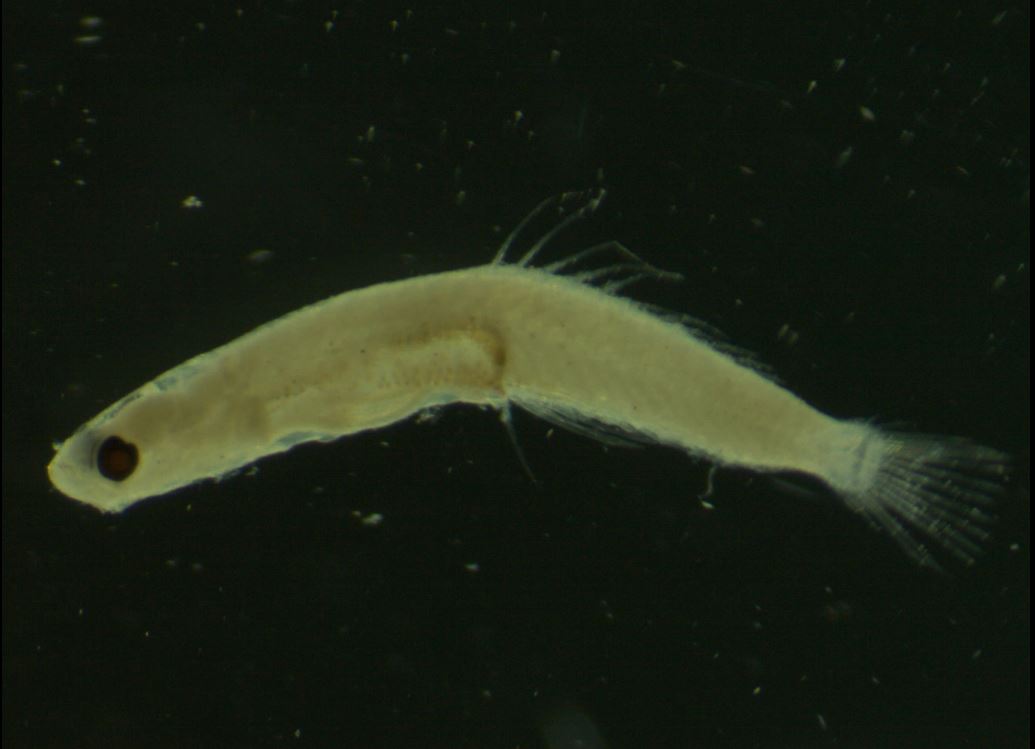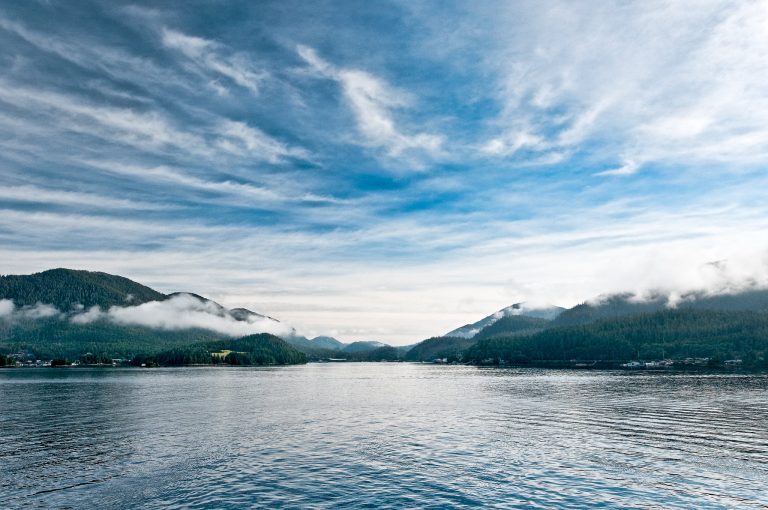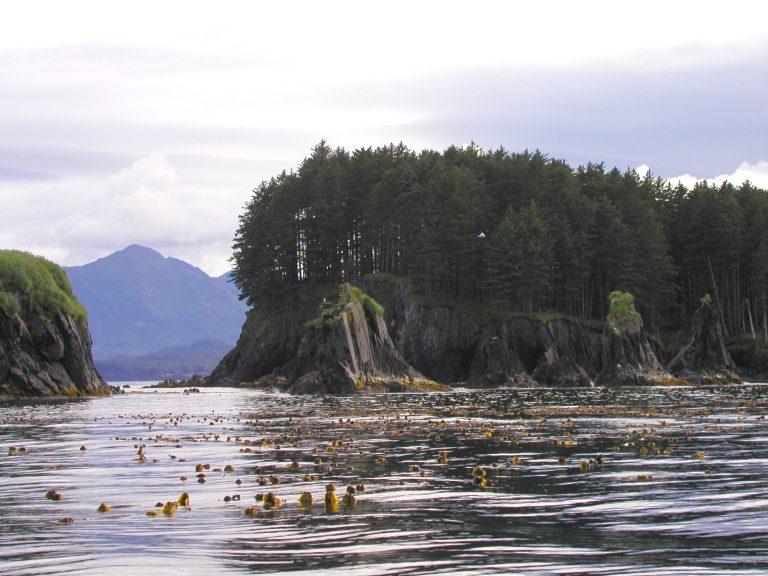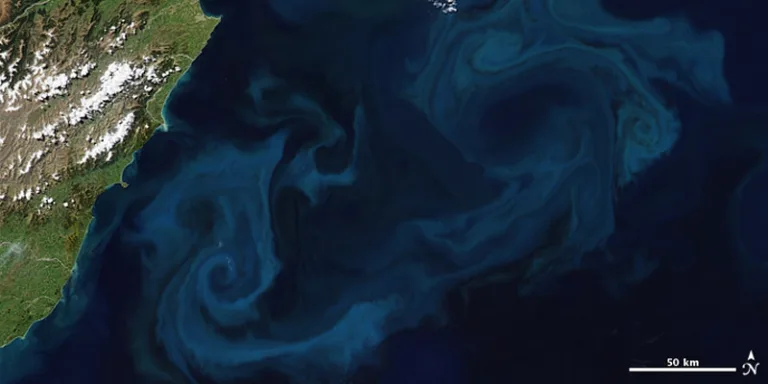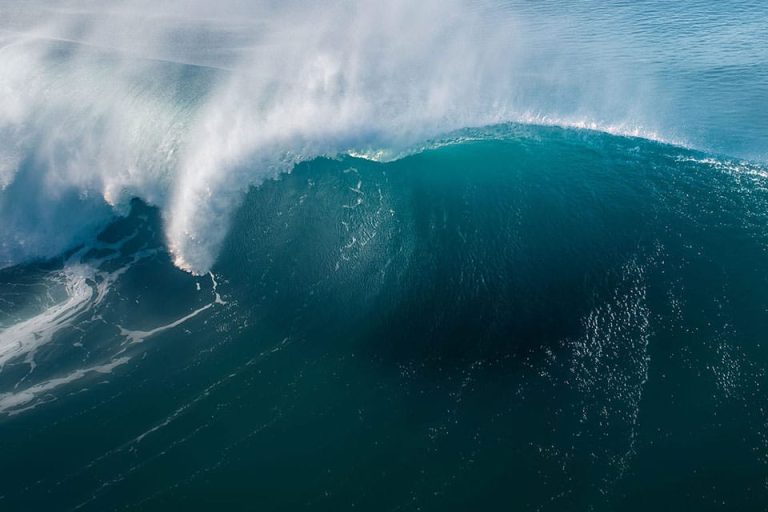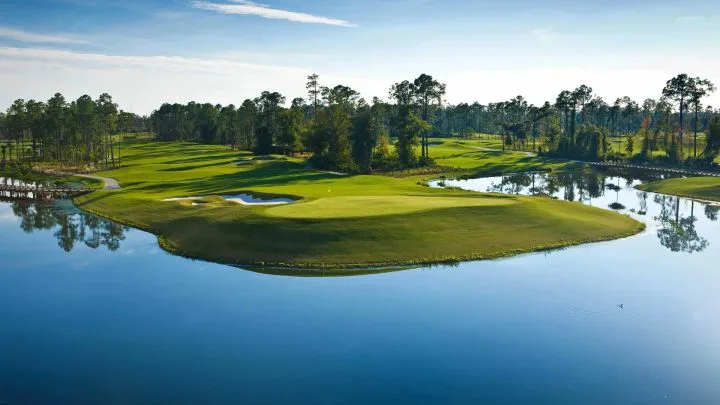New and updated global empirical seawater property estimation routines
We introduce three new Empirical Seawater Property Estimation Routines (ESPERs) capable of predicting seawater phosphate, nitrate, silicate, oxygen, total titration seawater alkalinity, total hydrogen scale pH (pHT), and total dissolved inorganic carbon (DIC) from up to 16 combinations of seawater property measurements. The routines generate estimates from neural networks (ESPER_NN), locally interpolated regressions (ESPER_LIR), or
